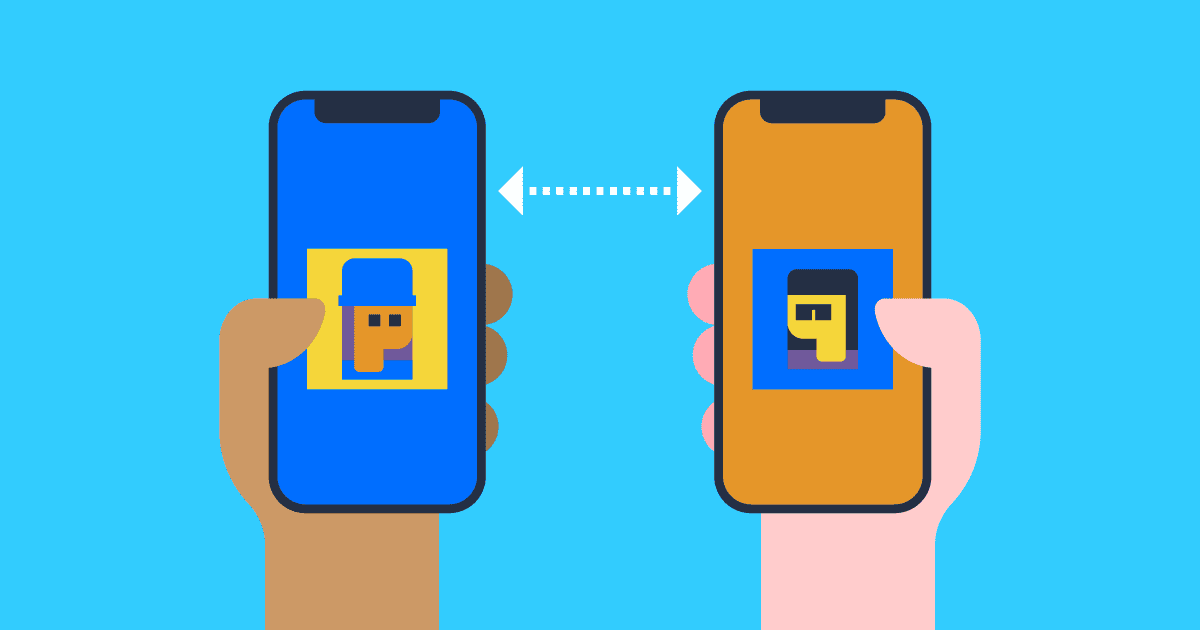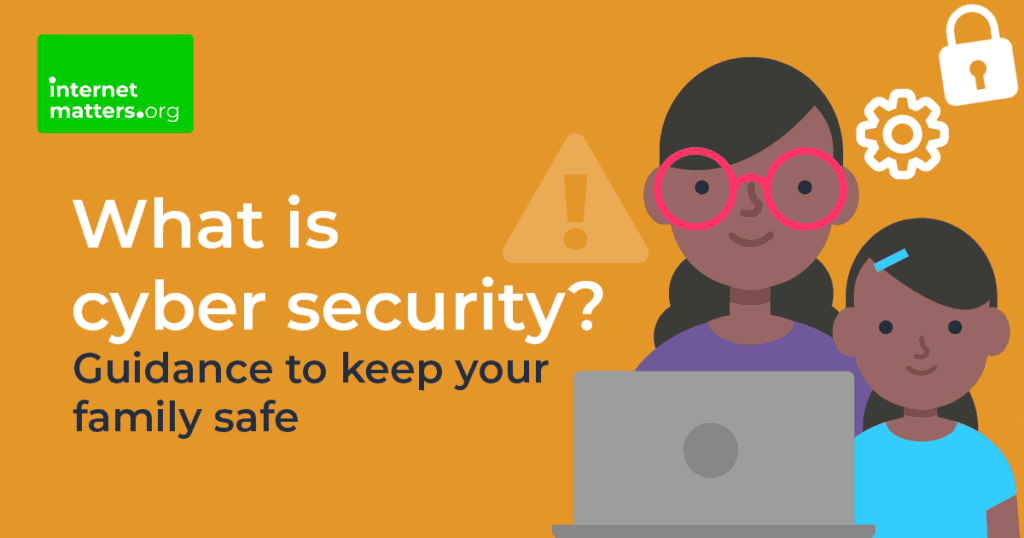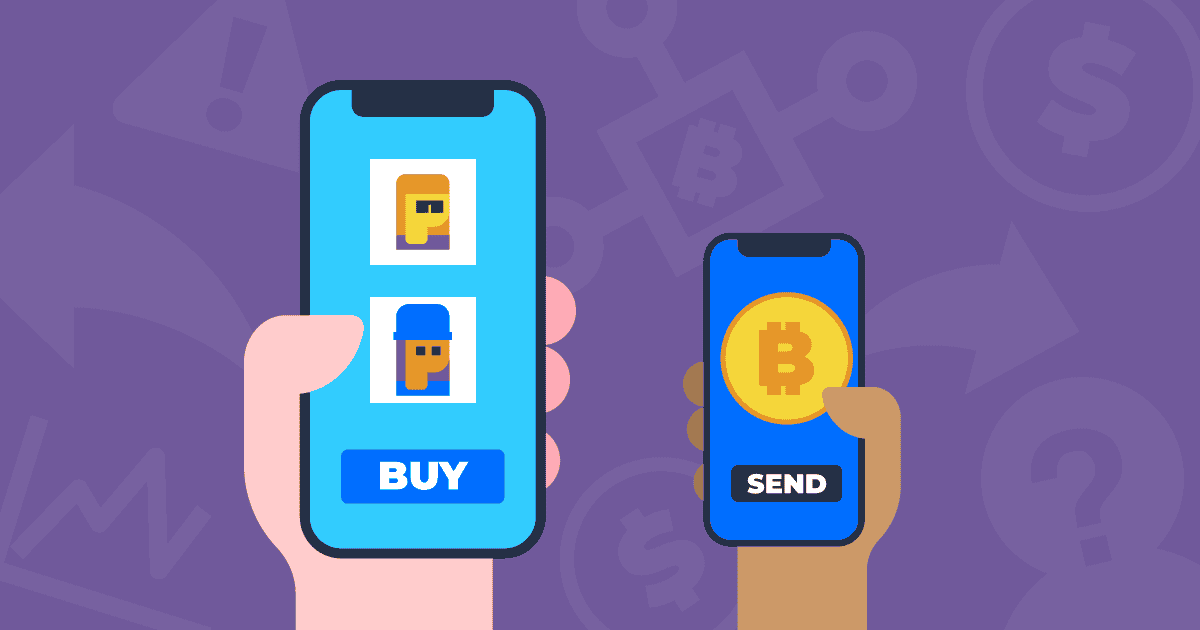Protect children from dangerous trends
Trading cryptocurrency and NFT is still largely unregulated. As such, parents must educate their kids about the concept of market volatility and other financial impacts.
Here are a few measures that parents can take to protect their children from the exploitative and dangerous trends in trading cryptocurrency and NFTs.
Educate them about cyber security etiquette
Learn about cyber security issues and how they might impact your family. Then, share this knowledge with your teen. This will ensure they are well-informed, which will therefore help them stay alert about potential harms. Additionally, they will know when and from where to get help.
Help them manage their trades
Some platforms allow children under 18 years old to trade. However, parental permission is often required. As such, this serves as a great opportunity for parents to get involved and learn a little themselves.
If a child trades in cryptocurrency and NFTs, they will have to manage private keys and various passwords. As a parent, you can help them do this in a variety of ways. One way is through hardware wallets (sometimes called cold wallets) that come in USB form. These are PIN-protected devices that plug into a computer. Blockchain security experts say this is the most secure method to keep digital assets away from online hacks.
Additionally, getting directly involved in purchases can help ensure children are making safe trades in cryptocurrency and NFTs. Essentially, this will help ensure they don’t fall prey to scam assets and unreliable projects being advertised.
Another tool parents can use to support their child’s trades is the Blockchain Explorer. The Explorer records all incoming and outgoing transactions that occur on a particular blockchain network. So, parents can keep track of their child’s transactions and digital assets balance. All you need is your child’s public wallet address.
Limit spending
If your child has their own card with which to make purchases, ensure you set limits to their spending. In addition to managing their spending, these limits will ensure that if your child’s card details are stolen, hackers would have a cap on how much they could steal.
Another way to limit spending on trades in cryptocurrency and NFTs is through setting parental controls. Controls are available through broadband and mobile network service providers as well as web browsers.
Furthermore, many companies offering anti-virus software also incorporate parental controls to help keep children safe. Restricting certain content or websites can reduce the risk of exposure to cyber security threats.
Familiarise yourself
If your child expresses interest in trading cryptocurrency and NFTs, it’s important to learn the language. Explore more about how NFTs and cryptocurrency works along with the terminology traders might use.



 Learn about phishing and ransomware with advice from our partners at ESET UK.
Learn about phishing and ransomware with advice from our partners at ESET UK. Learn more about cyber security and how to keep your family safe online.
Learn more about cyber security and how to keep your family safe online.


